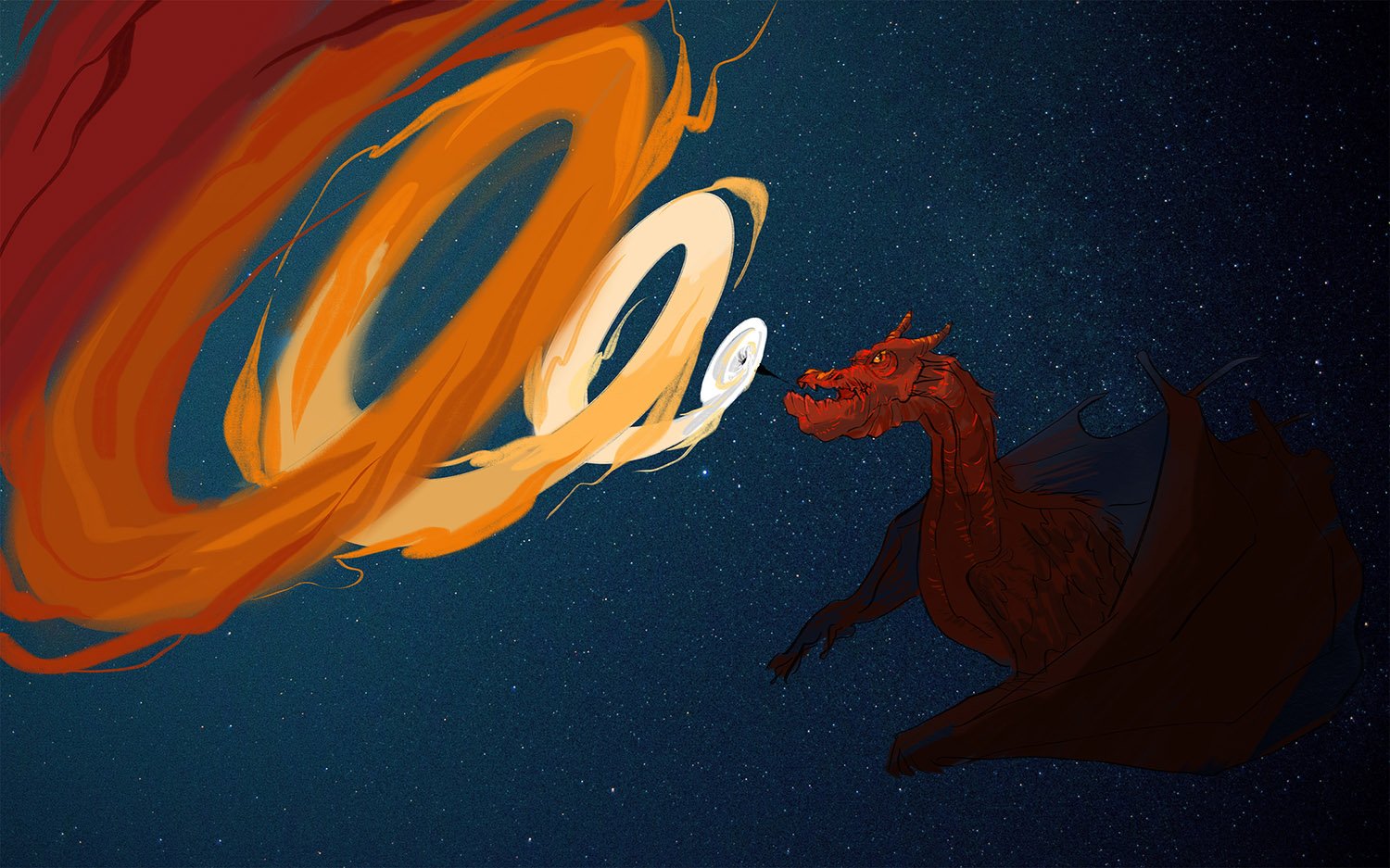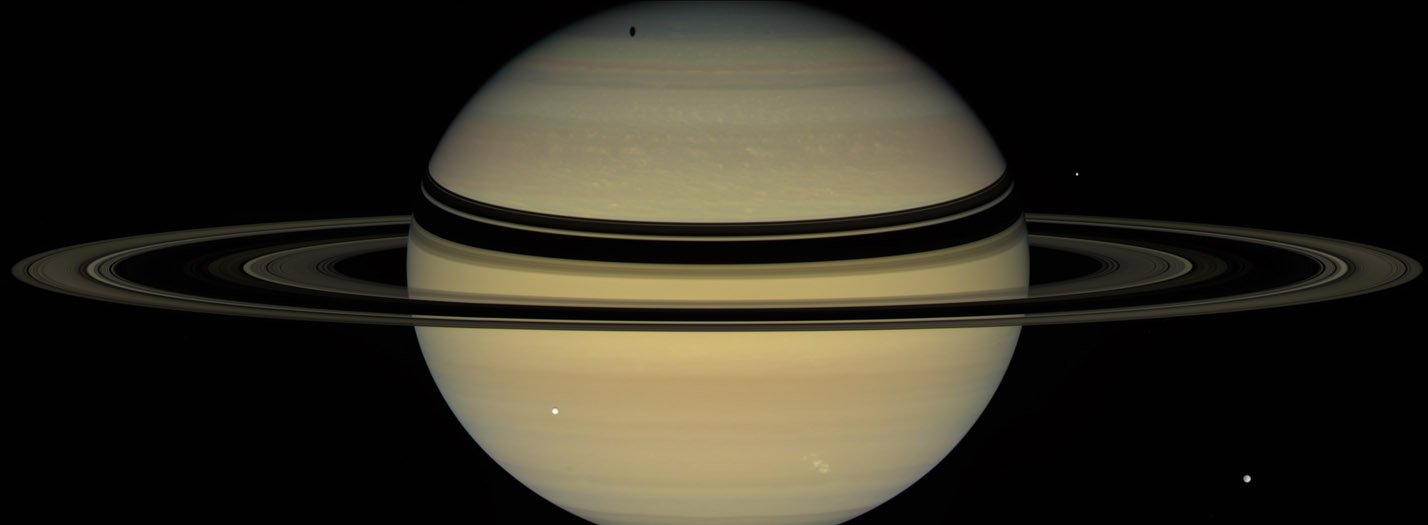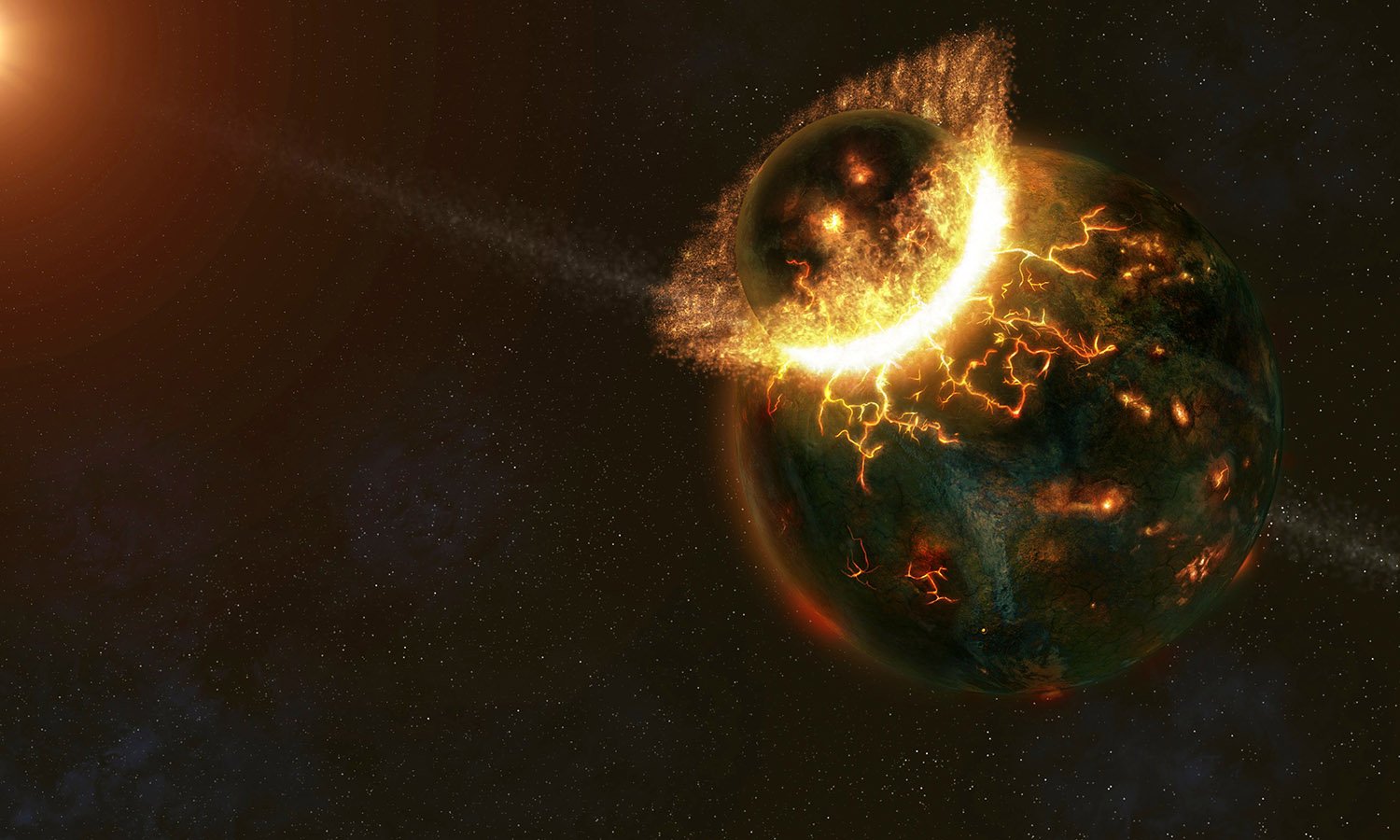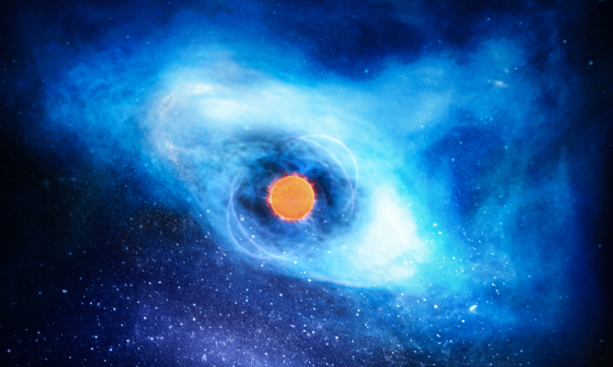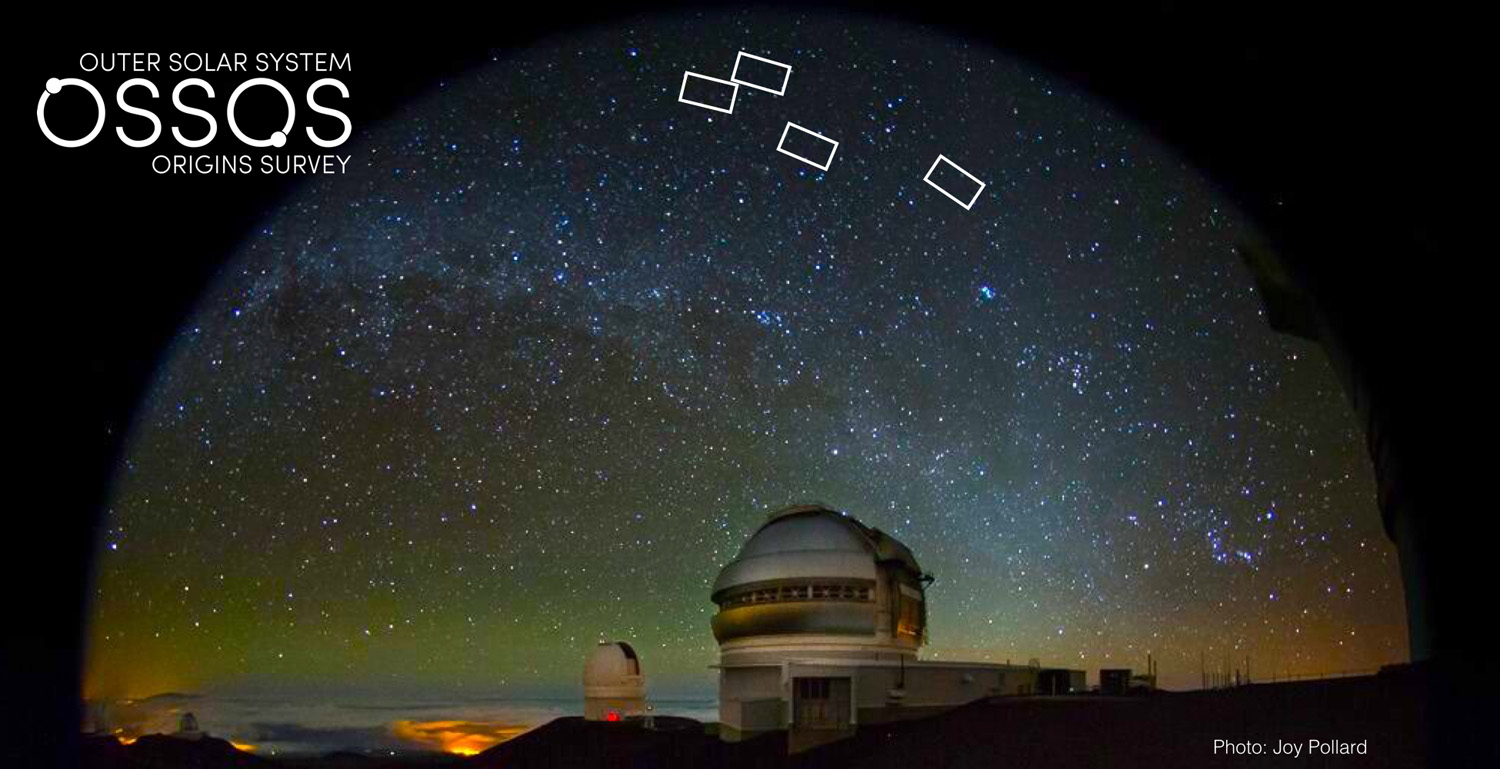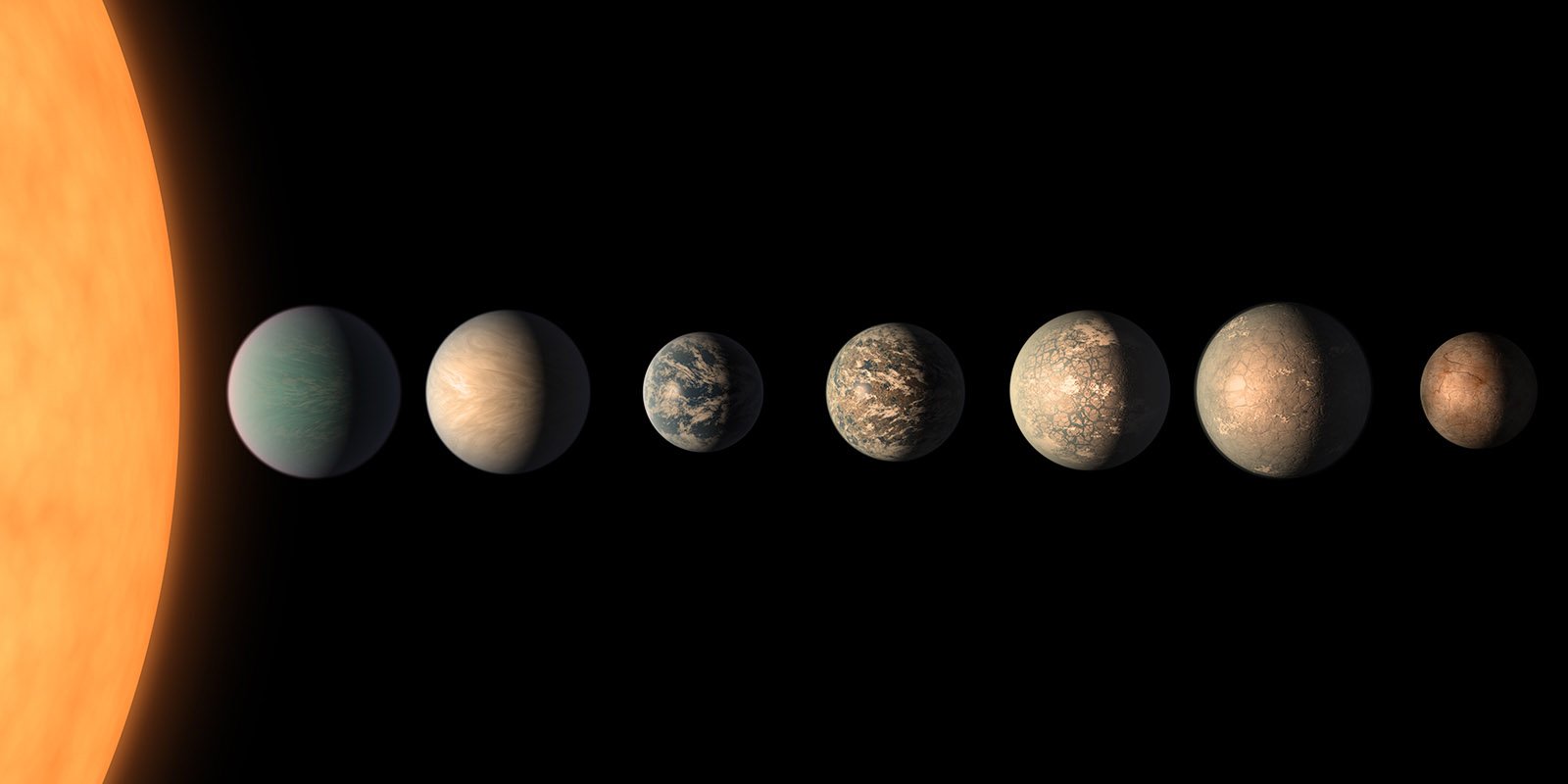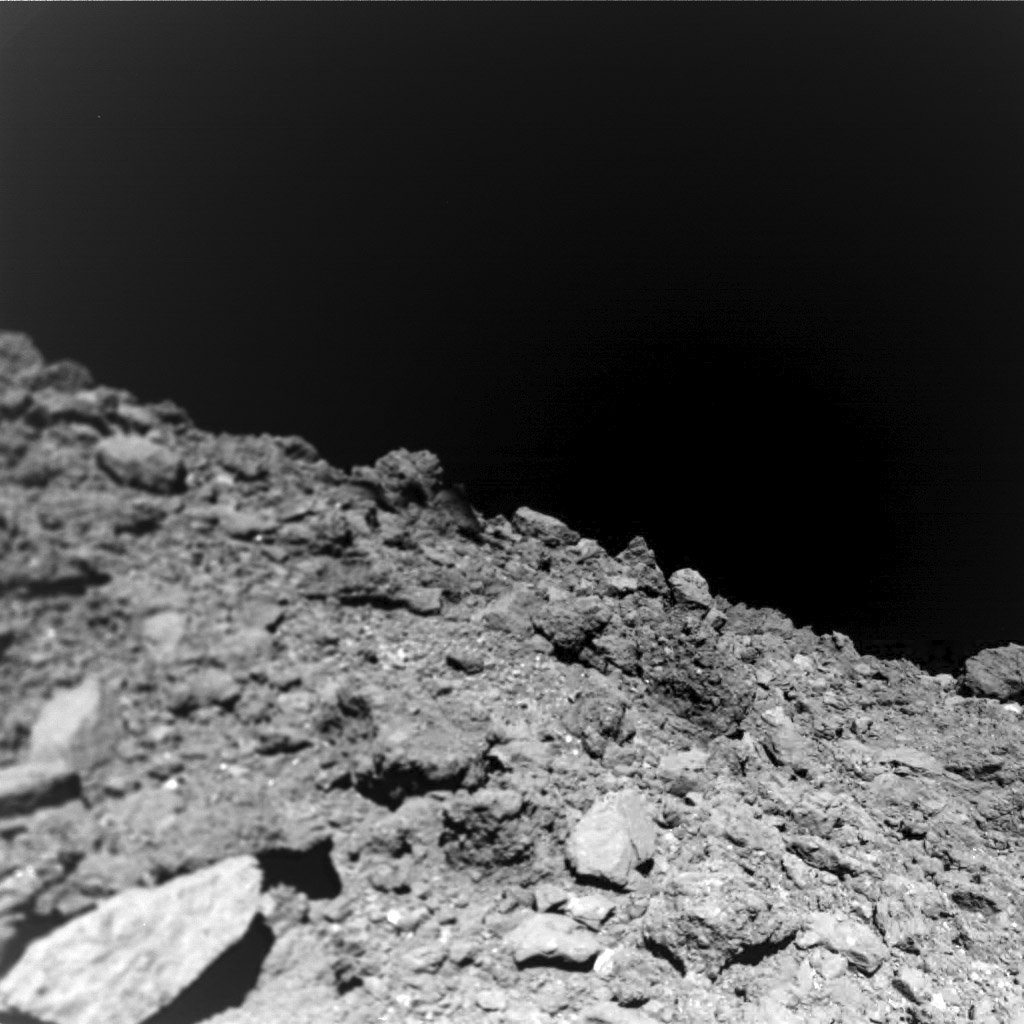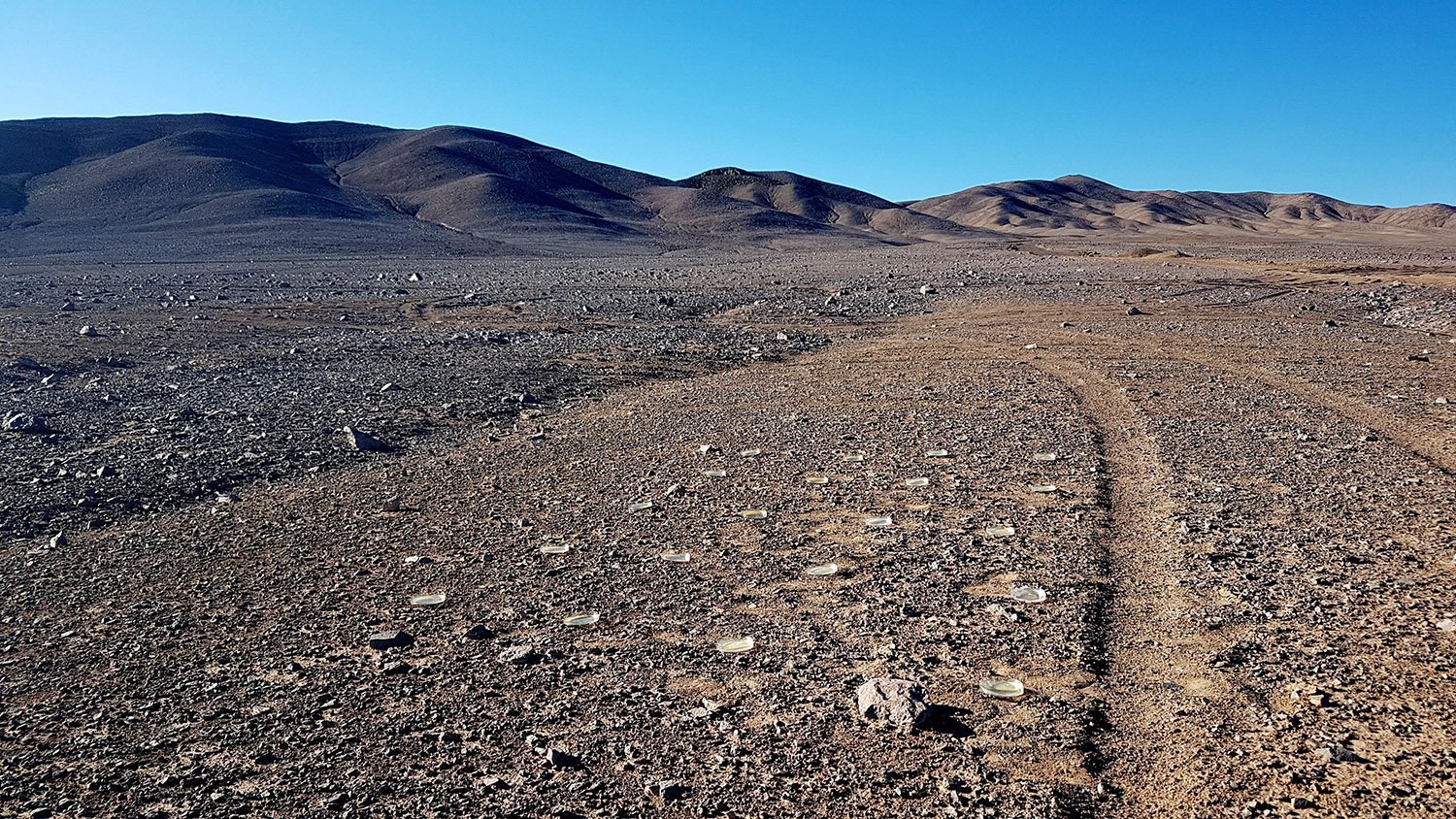Space dragons: Researchers observe energy consumption in quasars
Quasars are the Universe’s brightest beacons; shining with magnitudes more luminosity than entire galaxies and the stars they contain. In the center of this light, at the heart of a quasar, researchers think, is an all-consuming black hole. Researchers, for the first time, have observed the accelerated rate at which eight quasars consume interstellar fuel … Read more
